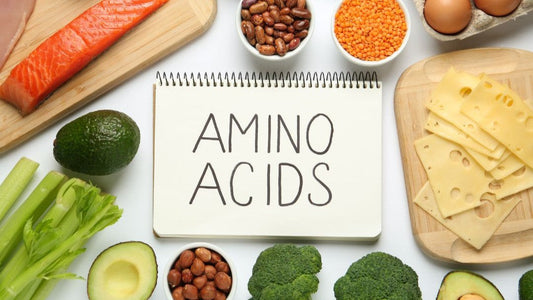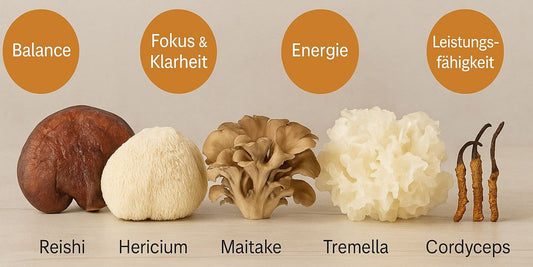Polyphenols are a fascinating group of chemical compounds found in a wide variety of plants and are known for their antioxidant properties.
Although they are not essential nutrients, numerous studies have shown that polyphenols can provide numerous health benefits.
Their presence in a variety of foods makes them an important part of a balanced diet.
In this article, we will take a closer look at polyphenols and explore some of the foods that are particularly rich in these valuable compounds.
There are a variety of polyphenols found in different plant species. These polyphenols can be divided into several categories, including flavonoids, phenolic acids, stilbenes, and others. Each category has its own subgroups that differ in structure and function. Here are some of the most common polyphenols and their main differences:
-
Flavonoids: These are the largest and most diverse group of polyphenols. The main subgroups include flavonols, flavanones, flavanols, isoflavones and anthocyanins. Flavonoids are found in many fruits, vegetables, tea, wine and other plant foods.
Catechins are a subgroup of flavonoids found in various plant foods, particularly tea, especially green tea, as well as some fruits and chocolate. The most common catechins include epicatechin (EC), epigallocatechin (EGC), epicatechin gallate (ECG), and epigallocatechin gallate (EGCG).
These compounds are known for their powerful antioxidant properties and are associated with a variety of health benefits.
- Phenolic acids: This group includes compounds such as hydroxycinnamic acid, caffeic acid and ellagic acid. They are mainly found in fruits, vegetables, nuts and grains. Phenolic acids have antioxidant properties and are associated with the reduction of various risks.
- Stilbenes: Resveratrol is the best known stilbene and is mainly found in grapes, red wine, peanuts and other plants. It has antioxidant properties and is associated with improved well-being.
- Other polyphenols: This category includes compounds such as tannins, lignans, and curcuminoids. Tannins are found in tea, red wine, nuts, and some fruits and have antioxidant and anti-inflammatory properties. Lignans are found primarily in flaxseeds, whole grains, and certain vegetables and are associated with preventing conditions. Curcuminoids are present in turmeric and have powerful antioxidant properties, among other things.
These different polyphenols vary in their chemical structure as well as their potential health effects. By incorporating a variety of polyphenol-rich foods into your diet, you can reap the unique benefits of these compounds.
Polyphenols are present in many foods, especially fruits, vegetables, nuts, seeds, grains, and beverages such as tea and wine.
Here are 10 foods rich in polyphenols:
- Berries: Berries such as blueberries, strawberries, raspberries and blackberries contain various types of polyphenols, including anthocyanins and flavonoids.
- Apples: Apples are rich in polyphenols, especially flavonoids such as quercetin.
- Grapes and red wine: Dark grapes contain a high concentration of polyphenols, especially resveratrol. Red wine, which is made from grapes, is also rich in polyphenols.
- Dark chocolate: Dark chocolate with a high cocoa content is a source of polyphenols, especially flavonoids.
- Green tea: Green tea contains a high concentration of polyphenols, especially catechins such as epigallocatechin gallate (EGCG).
- Nuts: Various types of nuts such as walnuts, almonds and pistachios contain polyphenols as well as healthy fats and fiber.
- Artichokes: Artichokes are rich in polyphenols, especially cynarin.
- Broccoli: Broccoli and other cruciferous vegetables contain polyphenols such as flavonoids and glucosinolates.
- Olive oil: Extra virgin olive oil is rich in polyphenols, especially phenolic acids such as hydroxytyrosol.
- Onions: Onions contain various polyphenols, especially quercetin.
It is important to note that the variety and amount of polyphenols in foods can vary and depend on various factors such as variety, degree of ripeness, growing and storage conditions.
By eating a diverse range of fresh, seasonal and unprocessed foods, you can ensure you reap the benefits of polyphenols.
Overall, polyphenols play an important role in our health as they can help protect the body from oxidative stress and reduce inflammation.
A balanced diet rich in polyphenols can therefore help reduce the risk of chronic disease and promote overall health. Regularly consuming foods such as berries, apples, grapes, dark chocolate, green tea and other polyphenol-rich foods can ensure you reap the potential benefits of these valuable compounds.




